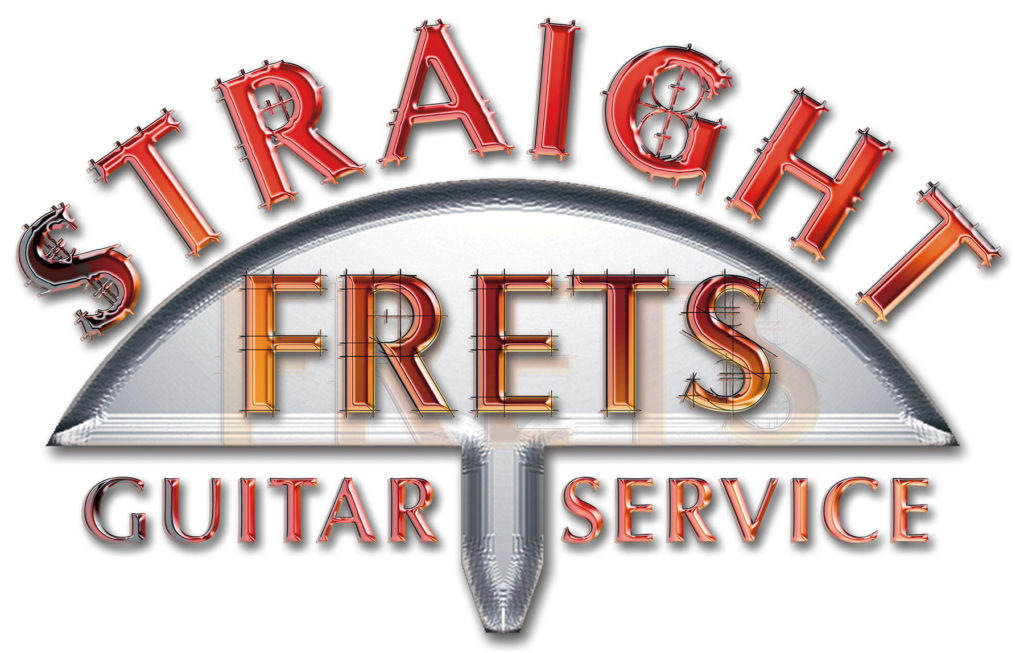Tips for Luthiers
Tip #1
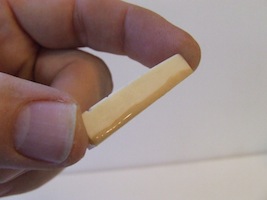
Glue the nut in on the front edge instead of the bottom. If the nut is removed in the future, it won’t take some of the neck proper with it. From an acoustical stand point, this will transfer string vibration into the neck a little better. Virtually all handmade classical guitars are made with no glue at all. Synthetic glues like Titebond are excellent for bonding, but not tested or noted for their acoustical properties. In this picture, I’m using Titebond II for Dark Wood to glue the fingerboard and nut. A bright bulb is what I use to check the fit of a nut. When we cut a nut blank, the fit must pick up the neck off the bench before we proceed to cut the slots. A bright light doesn’t lie.
Tip #2
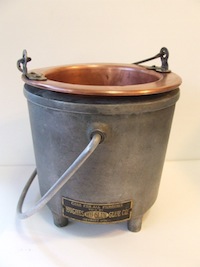
Use hide glue for repairing broken heads, loose braces, or building. Instruments like Stradivarius violins and pre-war Martins are put together with hide glue. Here’s a glue pot I recently scored on eBay for only $75. It’s made by Sta Warm in the late 1920’s and works like a champ.
Tip #3
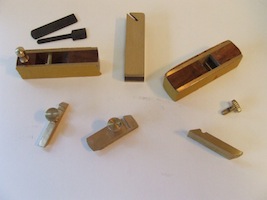
Harbor Freight Finger Planes as sanding blocks. This set of 3 finger planes at Harbor Freight don’t have the best quality blade, but the rest is fairly well built and have good weight. I super glued the brass screw into the small wedge for a handle and I use these quite frequently. The total cost was $12 for the package, essentially making these $2 each.
Tip #4
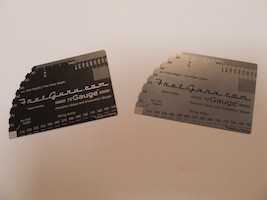
Fret Guru setup gauges. These are made by a good friend of mine Bernie Tusko in San Clemente, CA. These come in either black or stainless, and are quite awesome little tools. They have more than a half-dozen usable measuring features, but the most noted one is the ability to check the height of the fret off the board at the worn spot in the fret. Bernie also makes the best fret leveling beams, fret crowning files, and fret end files in the business.
Tip #5
Acid bath for your files. Soak your files in pure muriatic acid for 30-45 min to resharpen them as well as remove rust. This is a neat trick for rusty old C-clamps too. I take a glass tubular shaped jar that used to hold capers and put in several nut and bastard files. Holding my breath, I pour this nasty stuff over the files (outdoors) until it’s to the top. About 40 minutes later I retrieve them, wash them off with water, then immediately spray them with WD-40. Your files will have a slight layer taken off, which sharpens them as if they were new again. Nut files are good for about 4 or 5 acid baths before needing to be replaced.
Tip #6
Liquid flux for creating a pad on your pots. When creating a pad of solder on the back of a pot, around 30 seconds can be spent, even with the appropriate soldering iron temperature. Brushing this liquid flux onto to pot prior to soldering can reduce that time to about 4 seconds, doing no internal damage to your pot and giving the purest tone. Proper ventilation is key here. The fumes from any flux can eventually do damage to your central nervous system with enough exposure.
Tip #7
Slightly make your 1st and 2nd string sharp at the 12th fret. Huh? Having experience in piano tuning, I learned that making the keys in the upper register just slightly on the sharp side of the note will allow for the overtone series to bloom more, essentially increasing sustain and the magic that is the harmonics. That transfers to the guitar by making the high E slightly sharp, and the B string a little less sharp, and the rest of the notes perfect at the 12th fret. Only a strobe tuner can accurately measure this slight amount, as most tuners would read the note as perfectly tuned. Checking the fretted note at the 5th, 7th, and 9th frets will reveal how much more accurate this slightly sharp method works.
Tip #8
Use a paper towel for cleaning, polishing, and buffing everything. There is a TON of research and development that goes into the science of a paper towel. I learned this trick from a boutique guitar store I worked at for several years in Atlanta. Paper towels will never scratch, they are cheap, made to be thrown away after one use, and will create the same polished result as a Terry cloth towel, which will pick up debris and scratch a surface if used more than once.
